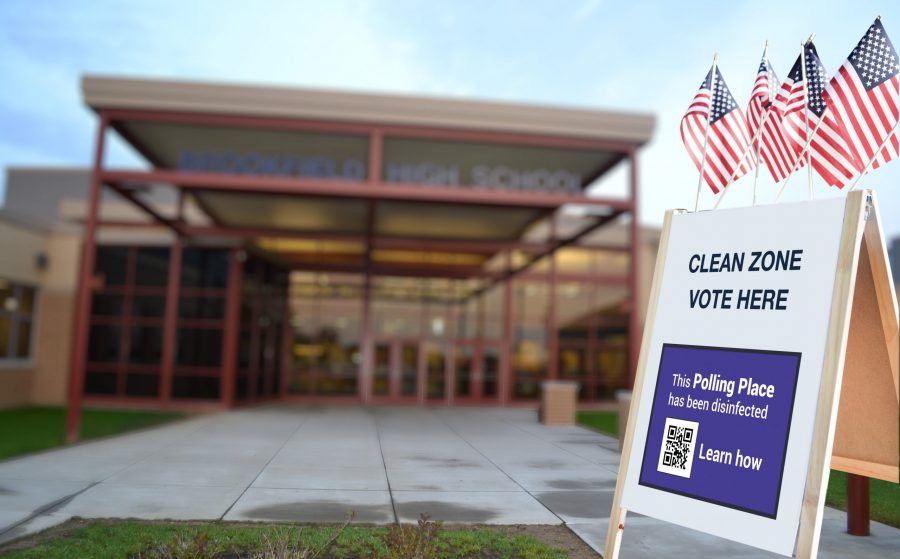
In light of the COVID-19 pandemic, jurisdictions and electoral bodies are scrambling to find evidence to guide their preparations for the next election. In the US, the focus is on the upcoming presidential election in November, but there are still primaries and state and local elections between now and then. Other countries face the same issues.
A study by researchers at University of Wisconsin and Ball State University confirmed that in-person voting in the April 7 Wisconsin primary did spread the coronavirus. But absentee voting isn’t a viable solution for all voters, and some in-person voting is going to be necessary. So, what are election officials to do? Simply, they need to take a science-based, holistic approach to making in-person voting as safe as possible.
In their report, The Relationship Between In-Person Voting, Consolidated Polling Locations, and Absentee Voting on COVID-19: Evidence from the Wisconsin Primary, Chad D. Cotti, Bryan Engelhardt and three additional contributors reference a contact-tracing analysis by the Wisconsin Department of Health identified 52 confirmed cases of COVID-19 to in-person voting. Building from that they found the following:
“We find a statistically and economically significant association between in-person voting and the spread of COVID-19 two to three weeks after the election. Furthermore, we find the consolidation of polling locations, and relatively fewer absentee votes, increased positive testing rates two to three weeks after the election.”
“Specifically, results show that counties which had more in-person voting per voting location (all else equal) had a higher rate of positive COVID-19 tests than counties with relatively fewer in-person voters. Furthermore, we find a consistent negative relationship between absentee voting and the rate of positive COVID-19 tests.”
One big factor in increasing the transmission rates was the consolidating of polling places, which increased the number of voters in each place. This made social distancing more difficult to manage. A lack of staffing and volunteers contributed to the opening of fewer polling sites.
Given this evidence, it’s highly likely that all of these conditions will be factors in elections in the near term. So, what can officials do to host elections that are safe for voters, workers and volunteers?
The first thing is to recognize that this is uncharted territory for everyone in the election business. Have realistic expectations for yourself and your teams. Then, bring in experts that have the specialized knowledge and experience needed to guide you.
At Smartmatic, we have partnered with infectious disease experts and The Infection Prevention Strategy (TIPS) to provide election officials with a science-based approach to protecting election workers and providing safe in-person voting. This nonprofit international collective advances innovations, ideas and processes to enhance global health. Together we review all election processes, procedures and communications. This goes beyond just the polling place. It is a comprehensive look across all of your functional areas: warehousing, transportation, security, staffing, help desk, polling place layout, voter traffic flow, ballot collection, tabulation, reporting, unkitting and storage. Smartmatic solutions are compliant with guidelines and recommendations provided by the Centers for Disease Control (CDC) and other health organizations in the US.
You can learn more about these services and how they work by clicking here.
We also offer a full line of cutting-edge disinfection systems, consumable supplies such as wipes and cleaners, and a full range of PPE – such as face masks – for poll workers and voters. Click here to see all of these solutions.
For election officials in the US, the Election Assistance Commission (EAC) also provides a number of very good resources to help you prepare for your next election.